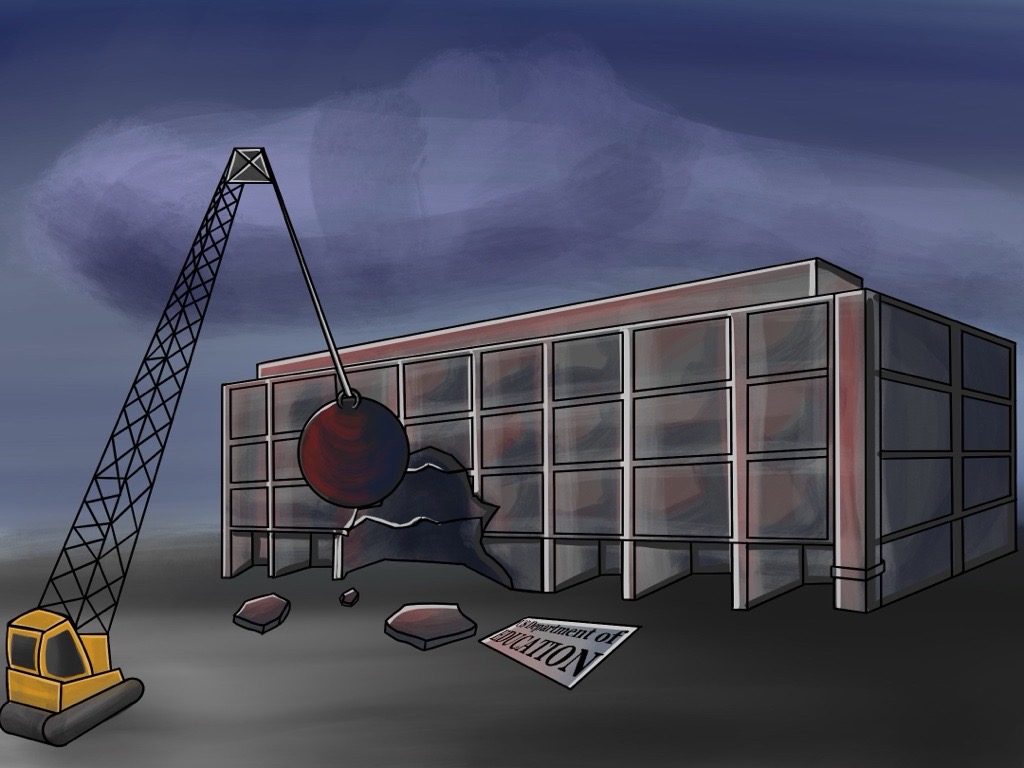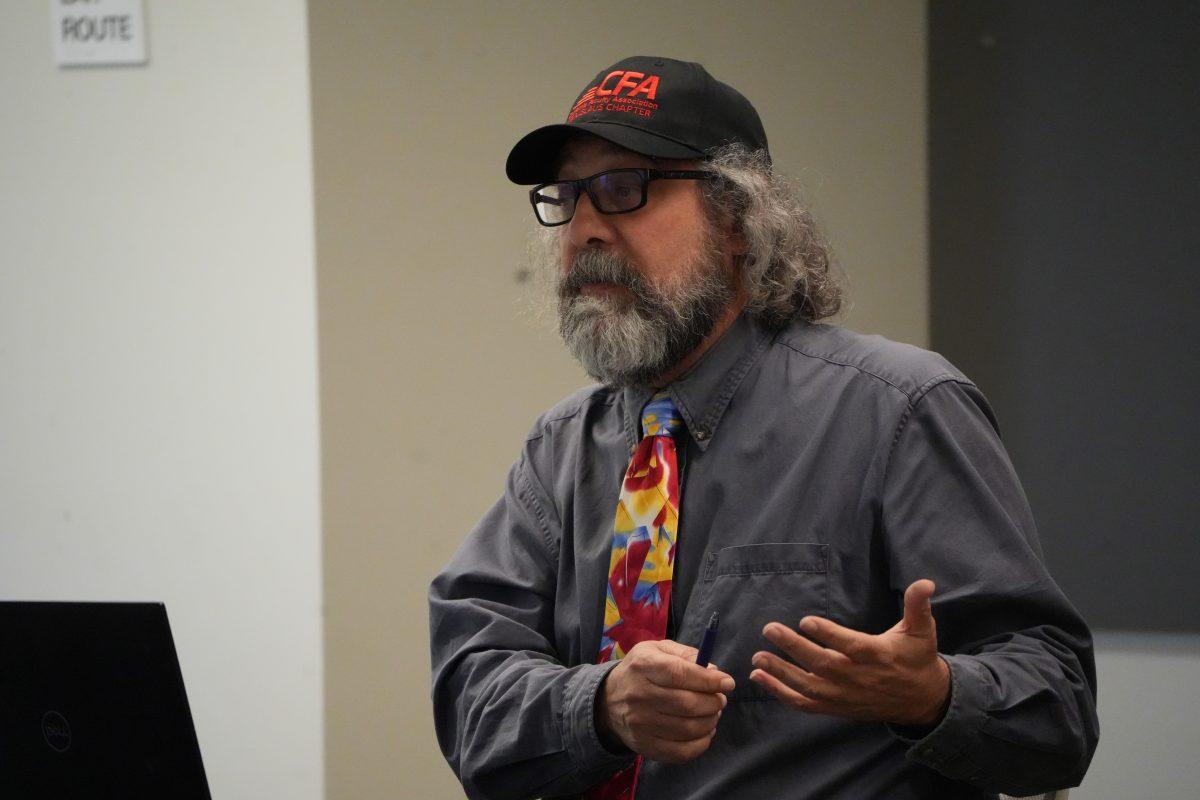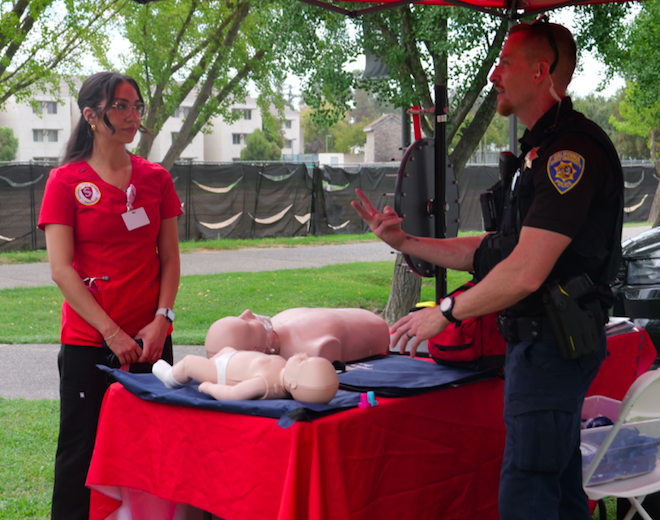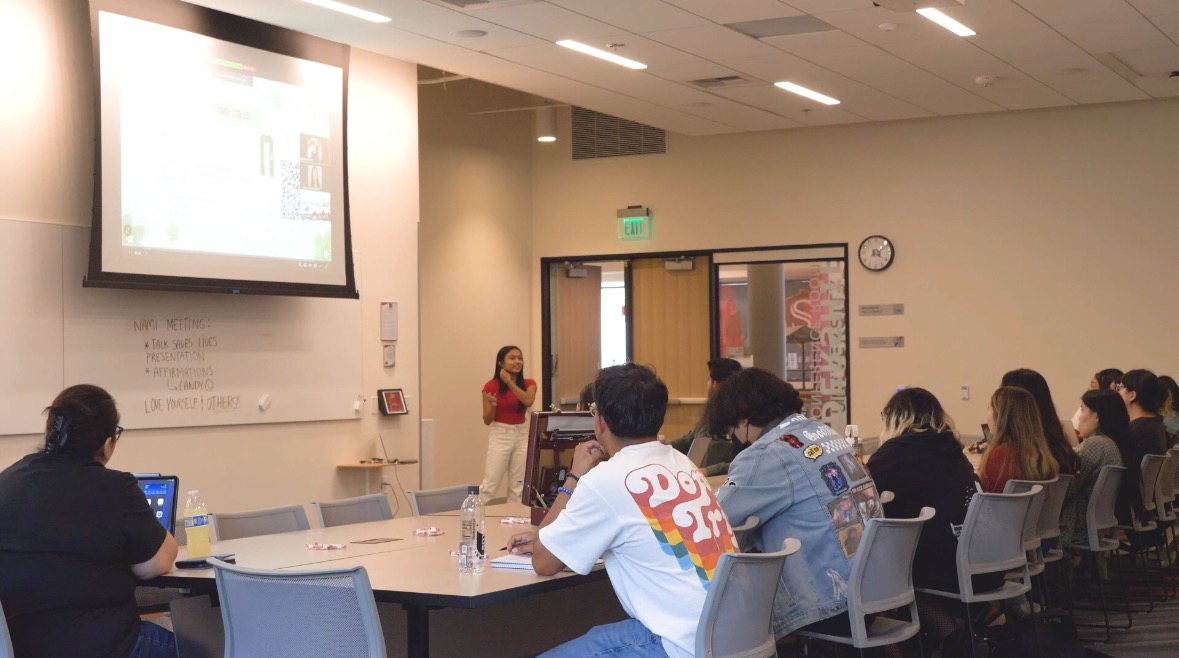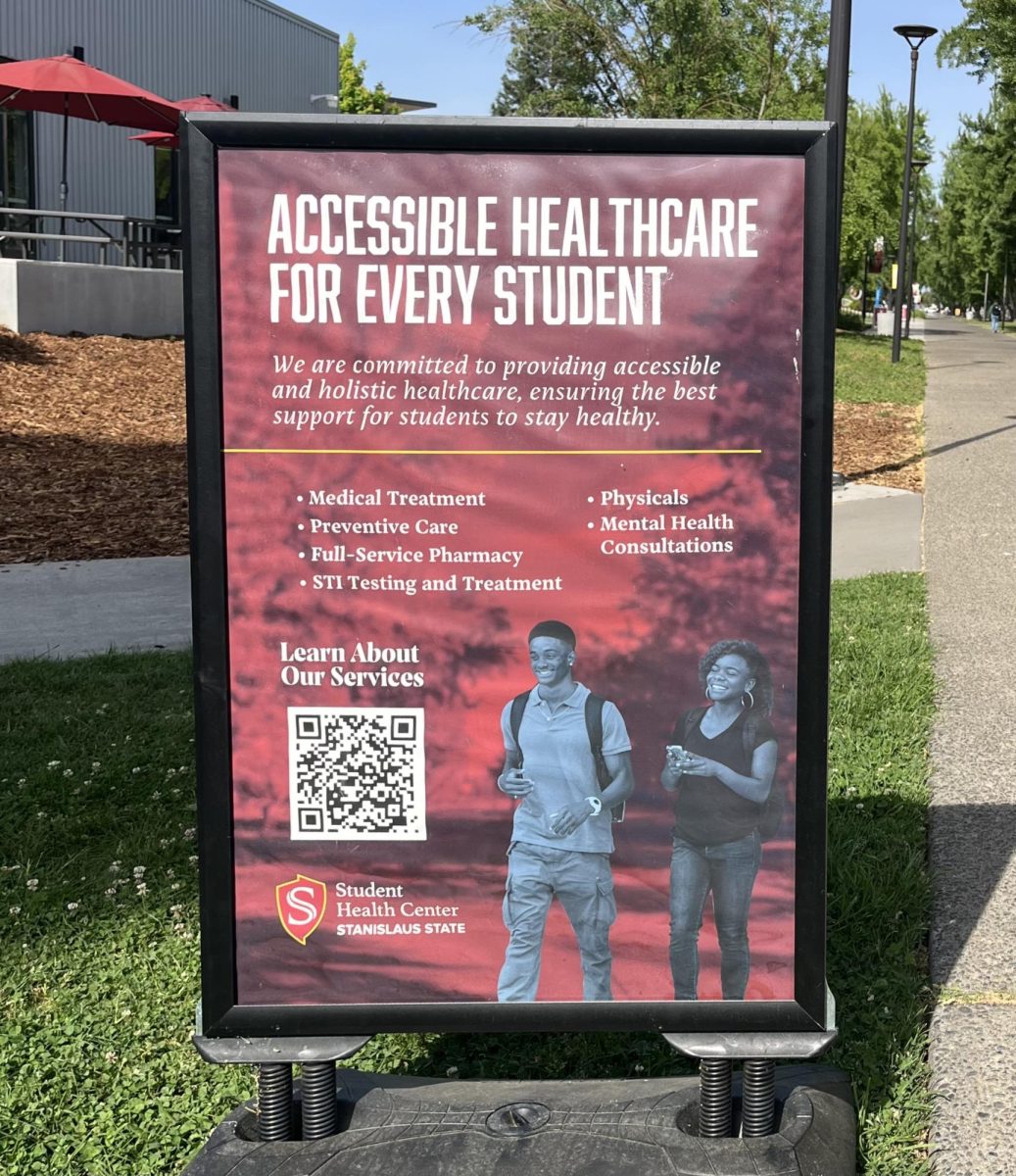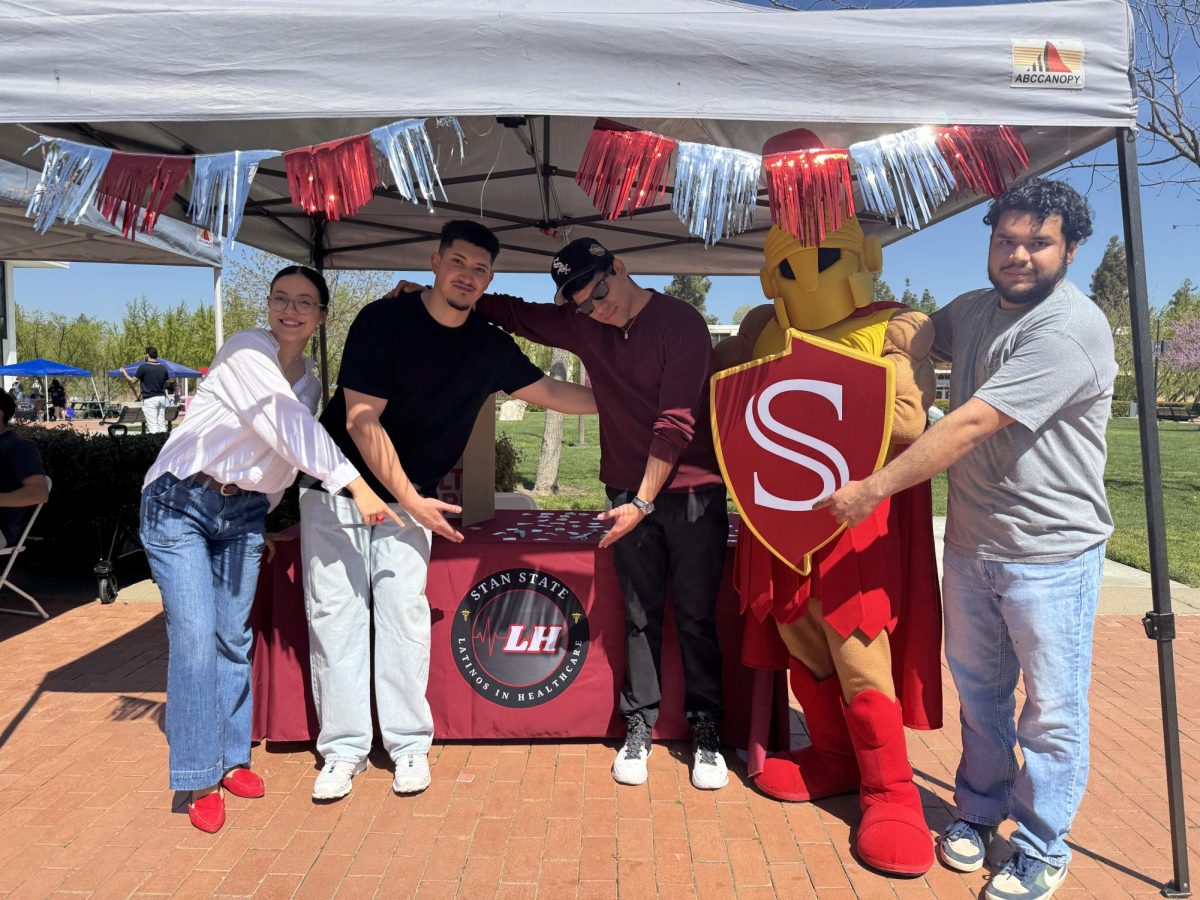Every fall at California State University Stanislaus (Stan State), students are required to complete Title IX training. Title IX provides protection to students who are or ever become victims of sexual assault, stalking, domestic violence, bullying, alcohol or drug abuse, or sexual harassment.
According to Deputy Title IX Coordinator and Training Manager Meg Lewis, “The original legislation was to bring equality in educational institutions.”
Title IX was first signed into effect on June 23, 1972 by President Richard Nixon. It is a federal law that prohibits discrimination based on sex in any federally funded education program or activity.
“At that time men were being admitted to colleges and universities more frequently than women were, they had more collegiate playing opportunities and they were receiving more financial aid and scholarships,” Lewis said.
“This legislation was to bring gender equity in terms of educational institutions offerings both athletically, but to also provide females to have an educational experience like their male counterparts were already experiencing,” Lewis said.
Title IX has always contained language to stand against sexual assault. However, some of the more recent changes to Title IX have covered a wider variety of issues such as sexual assault, stalking, domestic violence, bullying, alcohol or drug abuse, or sexual harassment.
Students are required to complete the “Not Anymore” training program, which consists of watching videos, taking quizzes, and reading some information to help understand student’s rights protected by Title IX.
The first fall that students attended Stan State they are required to take the full program which can take several hours to complete. However, each fall, until graduation, a follow up course will be required as a refresher.
Title IX is a piece of legislation that many people are not aware of until they are prompted to take the mandatory, annual Title IX training.
Juan Ruiz-Olguin (junior, English) said he was not aware of Title IX until he received the notification from the university.
“I knew what sexual assault was, but I didn’t know what Title IX was before I got the email stating I needed to complete the ‘Not Anymore’ training,” Ruiz-Olguin said.
While the program shed light on a somewhat un-talked about subject, the length of the initial training could be considered excessive and has the ability to make students lose focus.
Sarah George (senior, Communication Studies) found that the initial training seemed to be overly long.
“It could have been condensed. I think it is important to go over those things, and know your responsibilities as a student, but I think that format was a bit excessive,” George said.
Regardless of the length of the program, the Title IX training is said to be a vital part of the college experience. It is designed to help students understand what is acceptable and unacceptable when it comes to relationships, bullying, or drug and alcohol abuse.
Categories:
Title IX and the college experience
Kimberly Fischer
•
September 20, 2017
0
Donate to Signal
Your donation will support the student journalists of California State University, Stanislaus. Your contribution will allow us to purchase equipment and cover our annual website hosting costs.
More to Discover



